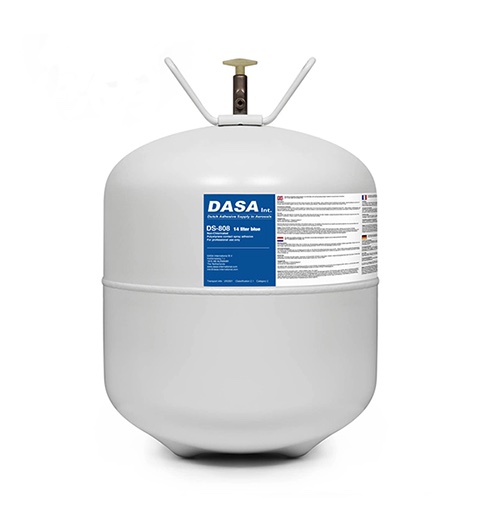A long-lasting adhesive bond that stands up to intense heat is a critical component in many industrial, automotive, aerospace, and construction applications. These adhesives are specially formulated to maintain their strength and integrity under extreme temperature conditions, often exceeding 300°F 150°C or even higher. The need for heat-resistant adhesives arises from environments where materials are exposed to high thermal stress, such as engine components, exhaust systems, or manufacturing processes involving heavy machinery. One of the key factors in the performance of these adhesives is the chemical composition of the bonding agent. Heat-resistant adhesives are typically based on high-performance polymers, such as silicones, epoxies, and polyurethanes. Silicone adhesives are particularly popular for their excellent thermal stability, being able to withstand temperatures up to 600°F 315°C or more without degrading. These adhesives have a unique molecular structure that allows them to retain their flexibility and adhesive properties at elevated temperatures, making them ideal for applications in automotive and aerospace industries.

Epoxy-based adhesives, on the other hand, offer a high-strength bond that can endure both heat and mechanical stress. They are commonly used in scenarios where the adhesive must resist temperatures up to 500°F 260°C. Epoxies cure to form a hard, durable bond that is resistant to environmental factors like chemicals and moisture, in addition to heat. However, Hittebestendige lijm the downside of epoxies is that they may become brittle at very high temperatures and lose some flexibility. Polyurethane adhesives, while not as heat-resistant as silicones or epoxies, provide a versatile solution for applications requiring both heat resistance and flexibility. They are often used in construction and automotive repairs where moderate thermal conditions are present, such as on components subjected to engine heat or exhaust systems. Polyurethane-based adhesives can withstand temperatures in the range of 250°F to 350°F 120°C to 175°C, offering a balance between heat resistance and durability.
For even more demanding environments, where temperatures can soar far beyond what standard adhesives can handle, special high-temperature adhesives, such as ceramic-based or metal-filled adhesives, come into play. These adhesives are designed to form an exceptionally strong bond that can endure temperatures exceeding 1,000°F 540°C, often used in specialized applications like furnace linings, turbine engines, or advanced manufacturing. To ensure the longevity and performance of heat-resistant adhesives, it is essential to consider not only the maximum temperature rating but also the thermal cycling behavior of the materials being bonded. Many industrial applications expose adhesives to rapid temperature fluctuations, which can cause stress at the adhesive interface and lead to bond failure over time. In addition to heat resistance, many of these adhesives are formulated to be resistant to moisture, chemicals, and UV radiation, making them even more suitable for use in harsh environments.


